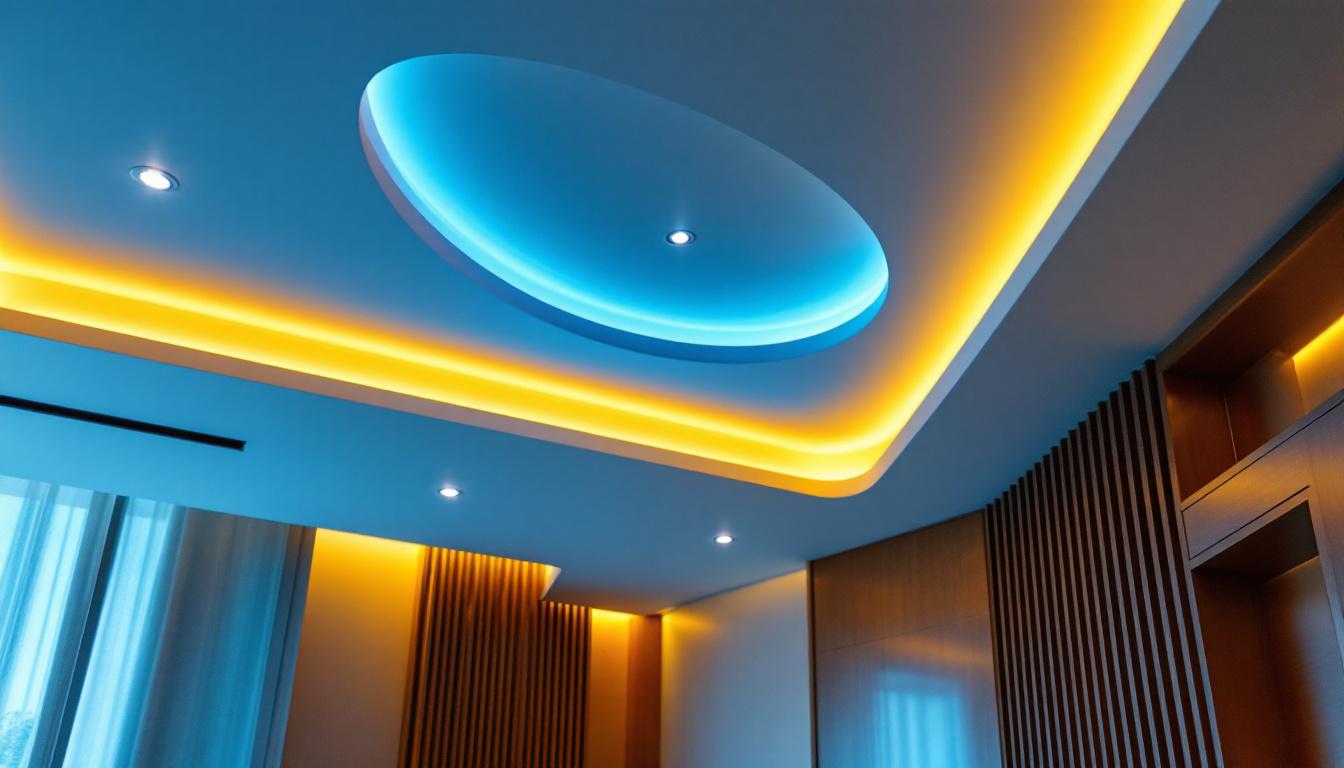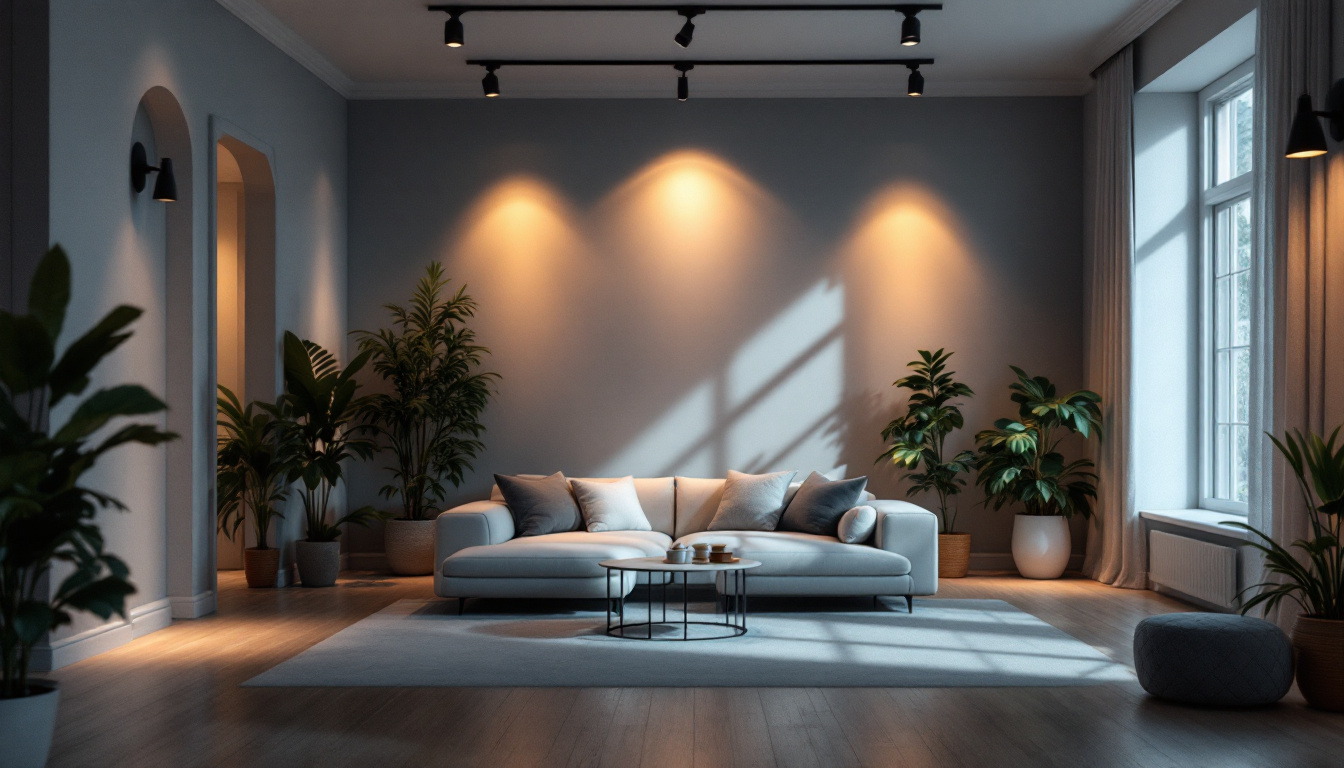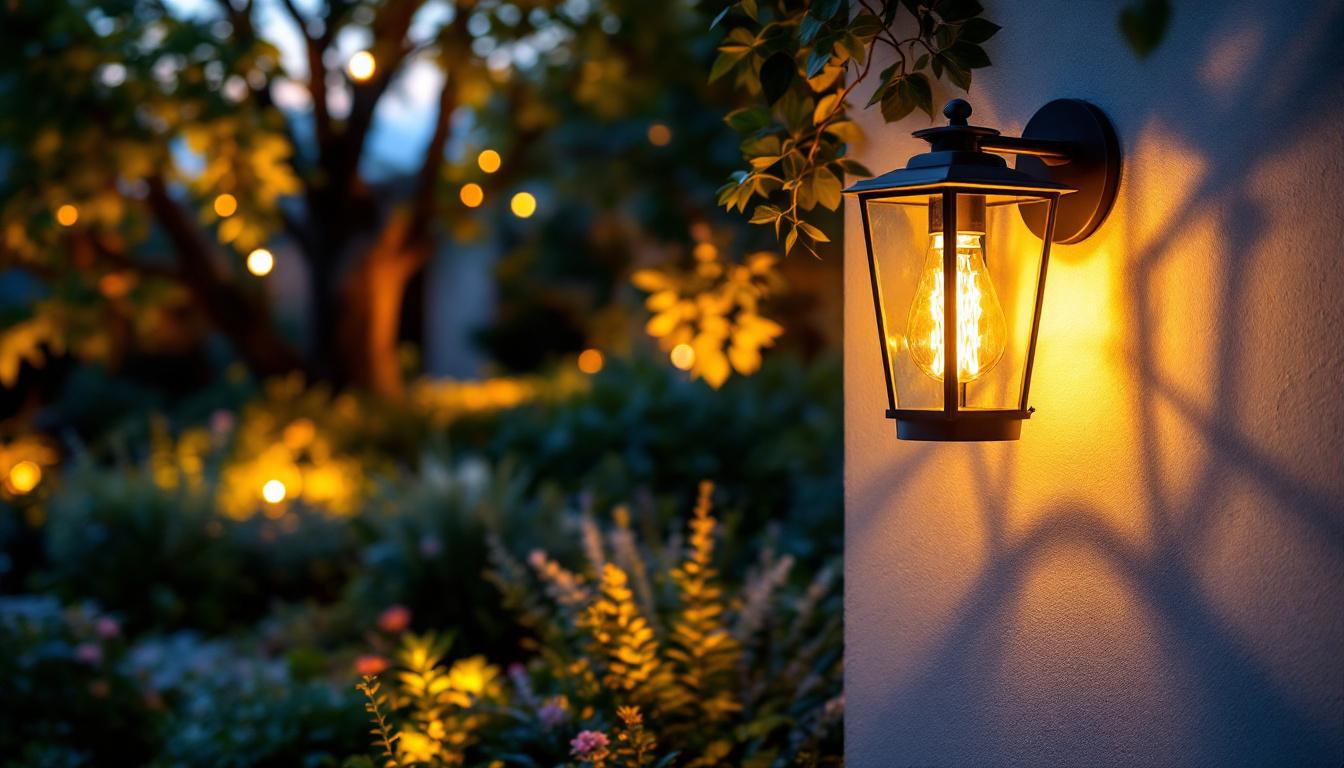
As the demand for modern and efficient lighting solutions continues to grow, recessed ceiling lights have emerged as a popular choice among homeowners and commercial property owners alike. Lighting contractors often encounter various questions regarding the installation, design, and functionality of recessed lighting. This article aims to address some of the most common queries that lighting contractors face when working with recessed ceiling lights.
Recessed lighting, often referred to as can lighting or pot lighting, is a type of lighting fixture that is installed into a hollow opening in the ceiling. This design allows the light to be flush with the ceiling, creating a clean and streamlined look. The versatility of recessed lighting makes it suitable for a variety of applications, from illuminating kitchens to enhancing the ambiance of living spaces.
One of the primary benefits of recessed lighting is its ability to provide a seamless aesthetic. Unlike traditional fixtures that can protrude from the ceiling, recessed lights blend into the architecture, making them ideal for modern design schemes. Additionally, they offer the flexibility to direct light where it is needed most, whether for task lighting in a kitchen or ambient lighting in a living room.
Another advantage is the energy efficiency that many recessed lights now offer. With advancements in LED technology, lighting contractors can provide clients with options that consume less energy while delivering high-quality illumination. This not only reduces electricity bills but also contributes to a more sustainable environment. Furthermore, the longevity of LED bulbs means less frequent replacements, which can save both time and money in the long run.
Placement is key when it comes to recessed lighting. Contractors often recommend spacing fixtures approximately 4 to 6 feet apart for general lighting. However, the specific layout may vary based on the room’s dimensions and the desired lighting effect. For example, in areas where task lighting is crucial, such as over kitchen islands or workspaces, closer spacing may be necessary.
Moreover, it is essential to consider the height of the ceiling. Higher ceilings may require fixtures with a higher lumen output to ensure adequate illumination. Lighting contractors should also take into account any architectural features, such as beams or crown molding, that could affect the placement of recessed lights. Additionally, the use of dimmer switches can enhance the functionality of recessed lighting, allowing homeowners to adjust the brightness based on the time of day or the mood they wish to create. This adaptability makes recessed lighting not only practical but also a key element in designing a space that feels both inviting and functional.
In addition to these considerations, the choice of trim style can significantly influence the overall look and feel of the lighting. From baffle trims that reduce glare to reflector trims that enhance brightness, each option serves a unique purpose. Homeowners can also explore different color temperatures, ranging from warm white to cool daylight, to complement their interior design and personal preferences. By carefully selecting the right combination of fixtures, trims, and bulbs, recessed lighting can transform a mundane space into a beautifully illuminated environment that highlights architectural details and creates a welcoming atmosphere.
When it comes to installing recessed lighting, there are several factors that contractors must keep in mind. Proper installation not only ensures optimal performance but also enhances the safety and longevity of the fixtures.
Recessed lights come with different types of housings, which are crucial for their installation. The housing type will depend on the ceiling structure and whether insulation is present. For instance, IC-rated housings are designed for ceilings that have insulation, while non-IC-rated housings are suitable for spaces without insulation.
Additionally, contractors should consider the size of the housing. Standard sizes include 4-inch, 5-inch, and 6-inch options, each offering different levels of light output and coverage. The choice of housing will significantly impact the overall lighting effect in the space. For example, smaller 4-inch housings are often used for accent lighting or in areas where a subtle touch is desired, while larger 6-inch housings can provide broader illumination for general lighting needs. It’s also worth noting that the color temperature of the bulbs used in these housings can further influence the ambiance of the room, with options ranging from warm white to cool daylight tones, allowing for a customized lighting experience.
Electrical requirements are a critical aspect of recessed lighting installation. Contractors must ensure that the circuit can handle the load of the new fixtures, especially if multiple lights are being installed. It is advisable to consult the National Electrical Code (NEC) for guidelines on wiring and circuit load capacities.
Furthermore, the choice of dimmers and switches can also affect the installation process. Not all dimmer switches are compatible with LED recessed lights, so contractors should verify compatibility to avoid flickering or performance issues. In addition to dimmers, smart lighting controls have gained popularity, allowing homeowners to adjust lighting through mobile apps or voice commands. This modern approach not only adds convenience but also enhances energy efficiency, as users can easily manage their lighting needs based on the time of day or activity. It’s essential for contractors to stay updated on the latest technologies and products in the market to provide clients with the best options available.
Recessed lighting can significantly influence the overall design of a space. Lighting contractors play a pivotal role in helping clients choose the right design elements that complement their interior aesthetics.
The trim of a recessed light fixture refers to the visible part that surrounds the light source. There are various trim styles available, including baffle, reflector, and adjustable trims. Each style offers a different aesthetic and light distribution pattern.
For instance, baffle trims are designed to reduce glare and are often used in living spaces, while reflector trims can enhance brightness and are suitable for task-oriented areas. Contractors should guide clients in selecting trims that not only match their design preferences but also serve the intended purpose of the lighting.
Color temperature is another important consideration when selecting recessed lighting. Measured in Kelvin (K), color temperature affects the mood and functionality of a space. Warmer tones (2700K to 3000K) are often preferred for living areas, creating a cozy and inviting atmosphere, while cooler tones (4000K to 5000K) are more suitable for workspaces, providing a bright and energizing effect.
Contractors should discuss color temperature options with clients, taking into account the existing color palette and the intended use of each room. This ensures that the lighting enhances the overall design rather than detracting from it.
Even with careful planning and installation, issues can arise with recessed lighting. Understanding common problems and their solutions is essential for lighting contractors to provide effective service and support.
Flickering lights can be a frustrating issue for homeowners. This problem may stem from a variety of causes, including incompatible dimmer switches, loose connections, or fluctuations in the electrical supply. Contractors should first check the compatibility of the dimmer switch with the LED bulbs being used, as not all dimmers are designed for LED technology.
If the dimmer is compatible, the next step is to inspect the wiring connections. Loose or damaged connections can lead to flickering, so ensuring that all connections are secure is crucial. If the problem persists, it may be necessary to consult with an electrician to investigate potential issues with the electrical supply.
Overheating can be a significant concern with recessed lighting, particularly if the fixtures are not installed correctly or if the wrong housing type is used. IC-rated housings should be used in insulated ceilings to prevent overheating, as they are designed to dissipate heat safely.
Contractors should also educate clients about the importance of using the correct wattage for bulbs. Exceeding the recommended wattage can lead to overheating and potential fire hazards. If overheating occurs, it is advisable to turn off the lights and consult a professional for further assessment.
The world of lighting is continuously evolving, with new technologies and trends emerging regularly. Lighting contractors must stay informed about these developments to provide clients with the best options available.
Smart lighting systems are becoming increasingly popular, allowing homeowners to control their recessed lights through smartphones or voice-activated devices. This technology enables users to adjust brightness, color temperature, and even set schedules for their lights.
Contractors should familiarize themselves with various smart lighting options and their compatibility with recessed fixtures. Offering clients smart lighting solutions can enhance their overall experience and provide added convenience.
As energy efficiency continues to be a priority for many homeowners, the demand for LED recessed lighting is on the rise. Contractors should emphasize the benefits of LED technology, including lower energy consumption and longer lifespan compared to traditional incandescent bulbs.
Additionally, advancements in LED technology are leading to improved light quality and color rendering, making them an attractive option for various applications. Staying updated on the latest energy-efficient solutions will empower contractors to offer clients the most sustainable choices.
Recessed ceiling lights offer a versatile and modern lighting solution that can enhance the aesthetic and functionality of any space. By understanding the common questions and concerns that arise during the installation and design process, lighting contractors can provide valuable insights and solutions to their clients.
From understanding the benefits and installation considerations to addressing troubleshooting issues and future trends, this knowledge equips contractors to navigate the complexities of recessed lighting effectively. With the right approach, contractors can ensure that their clients enjoy the full potential of recessed ceiling lights, creating beautifully illuminated spaces that meet their needs and preferences.
Ready to elevate your lighting installations with the best in spec-grade recessed ceiling lights? Look no further than LumenWholesale, where we provide contractors with superior lighting solutions at unbeatable wholesale prices. Our commitment to quality and affordability ensures you have access to a wide range of high-performance lighting products, tailored to meet the needs of any project. Say goodbye to inflated markups and hello to hassle-free bulk buying with free shipping. Don’t compromise on quality or value—choose LumenWholesale for your lighting needs and experience the perfect blend of quality, affordability, and convenience. Wholesale Lighting at the Best Value is just a click away.

Discover how LED commercial lighting is transforming the financial landscape for lighting contractors.

Discover expert tips and insights on indirect lighting tailored for lighting contractors.

Discover the essential steps to effectively train your team in using dimmer switches for LED lights.

Discover everything lighting contractors need to know about outdoor lamp holders in this comprehensive guide.